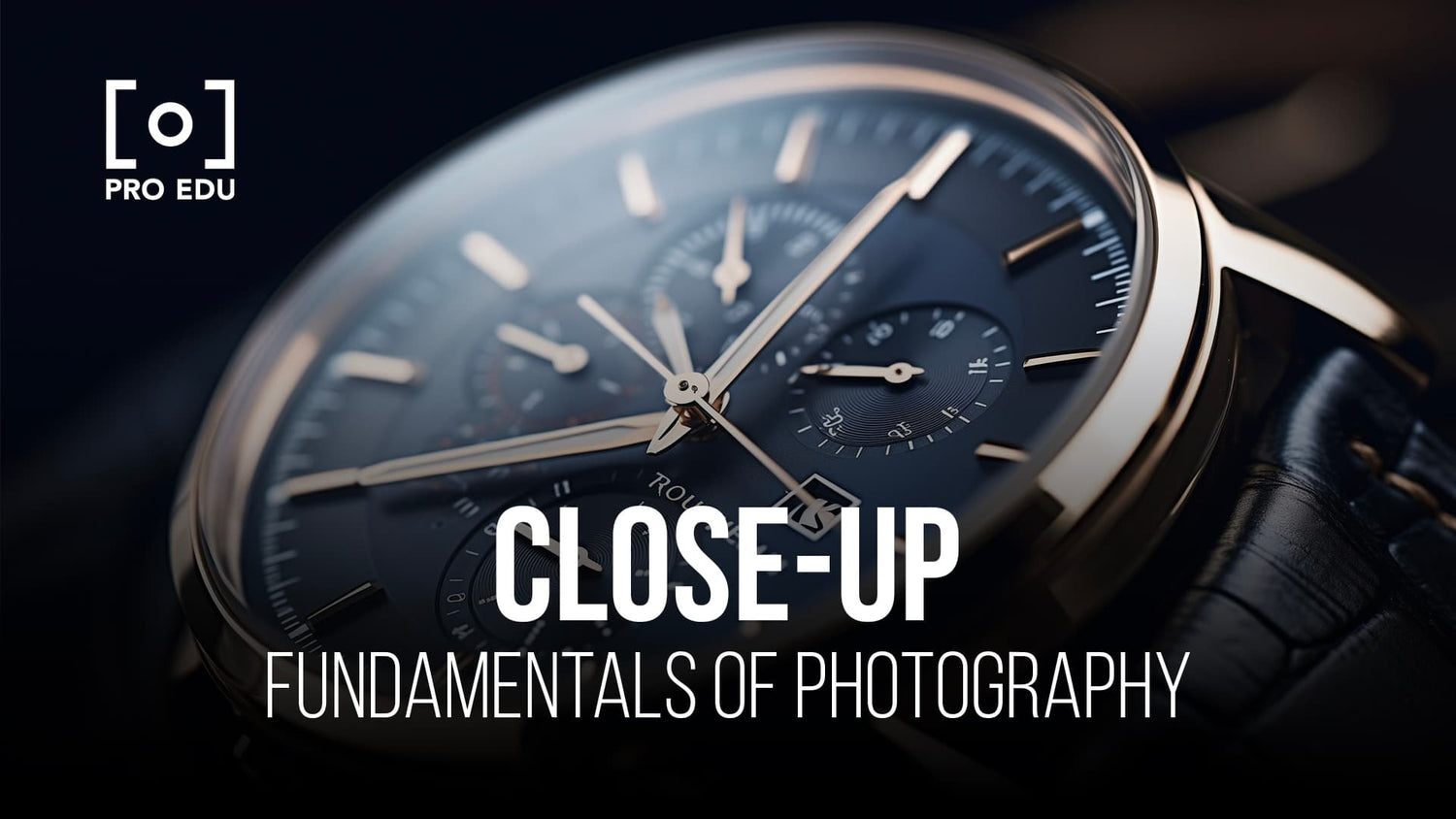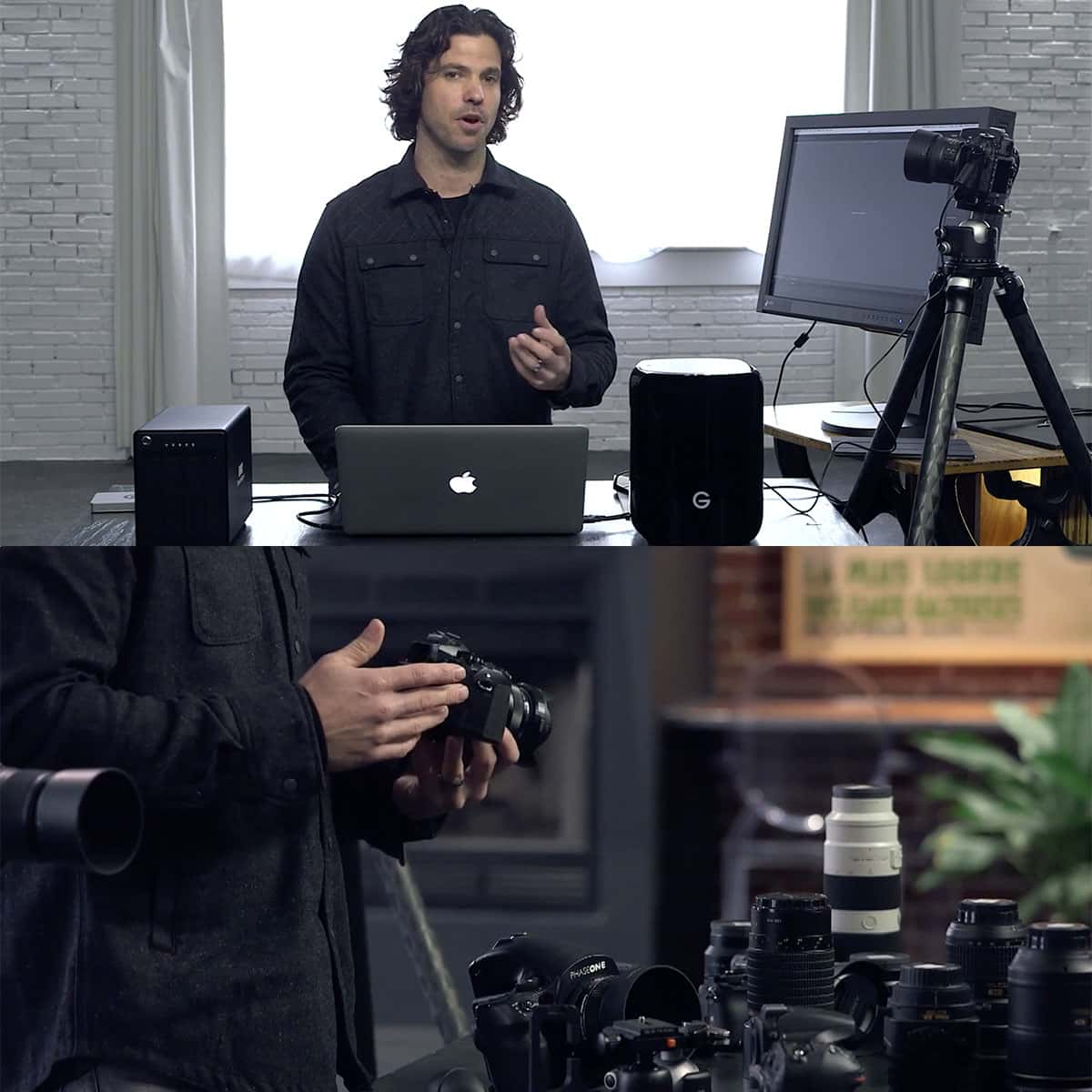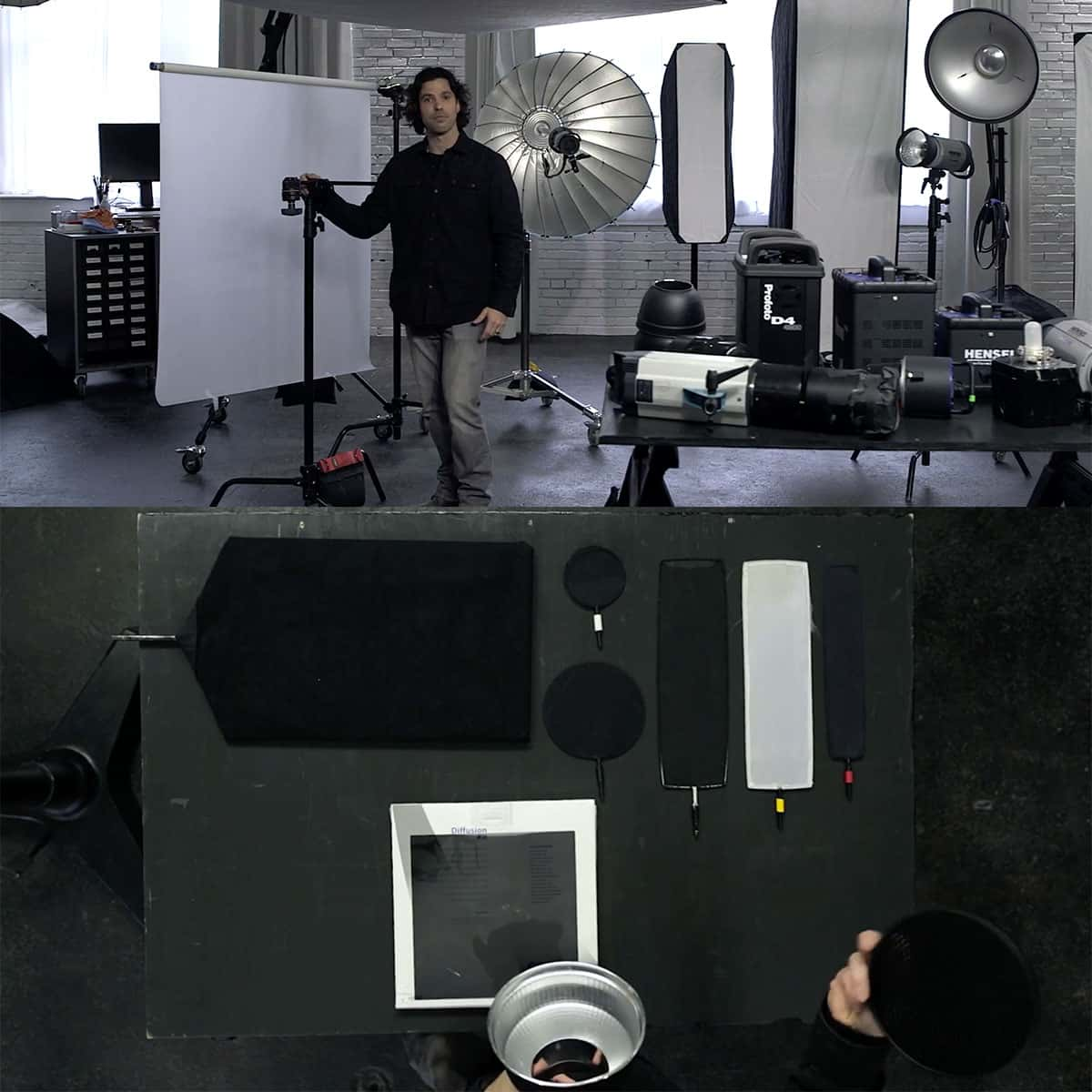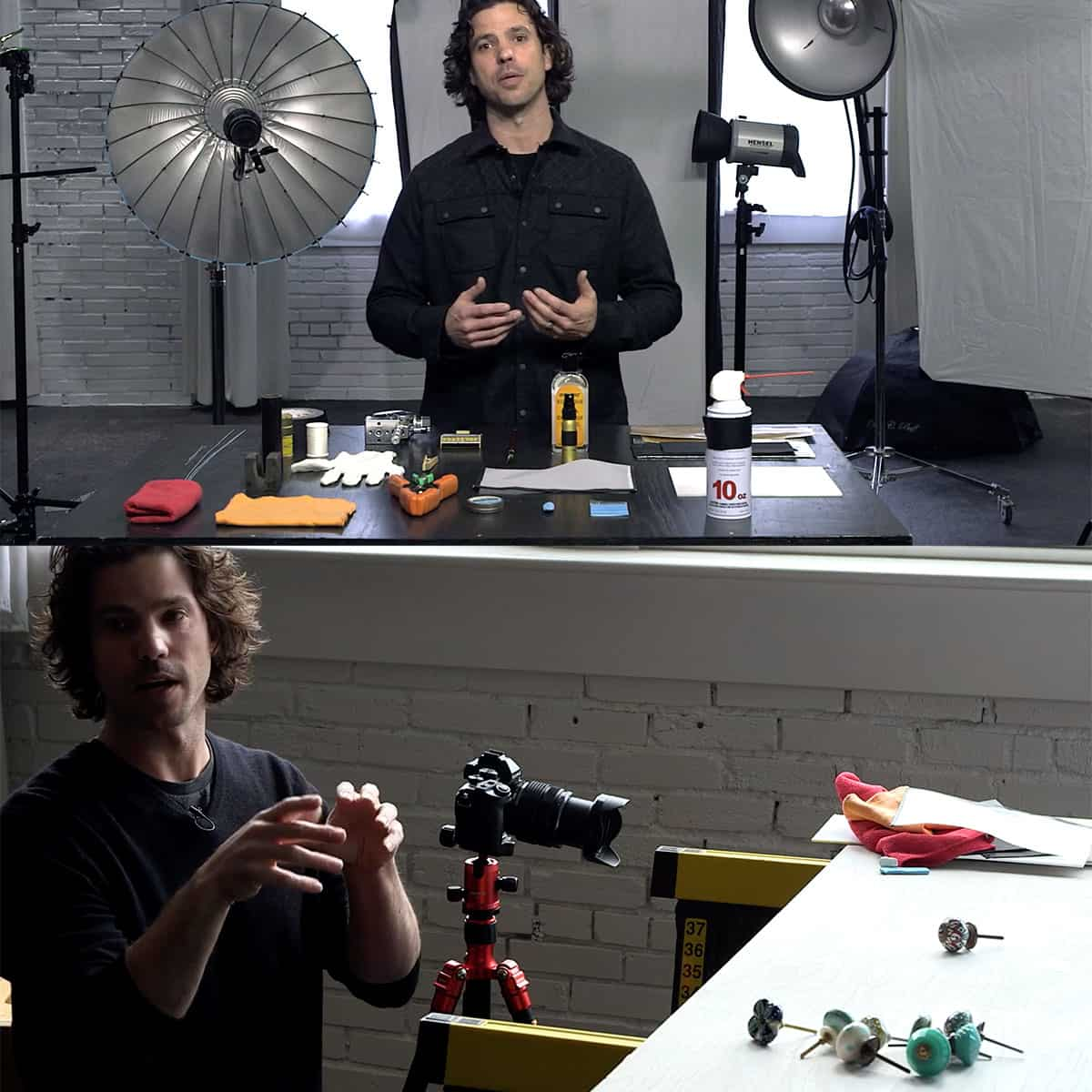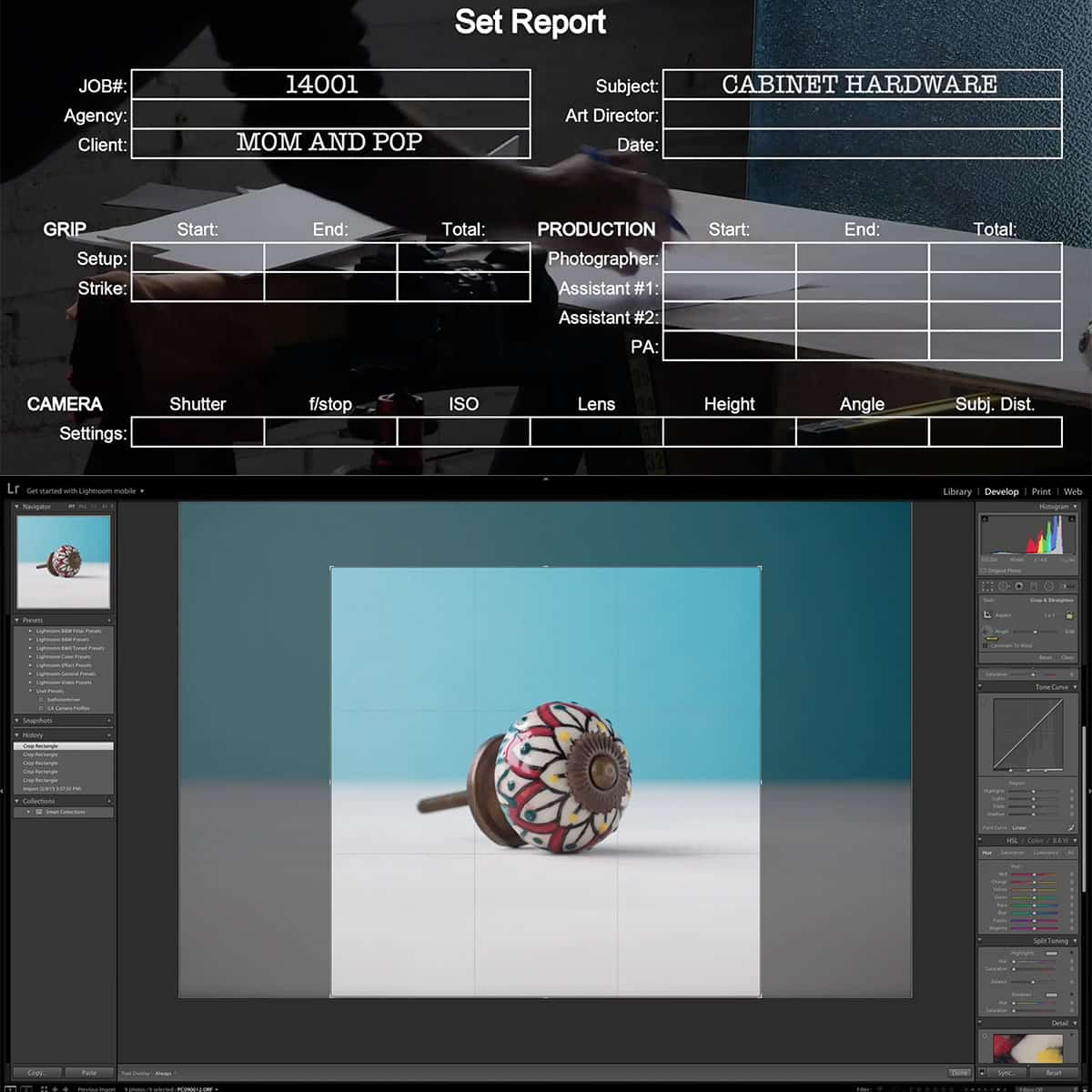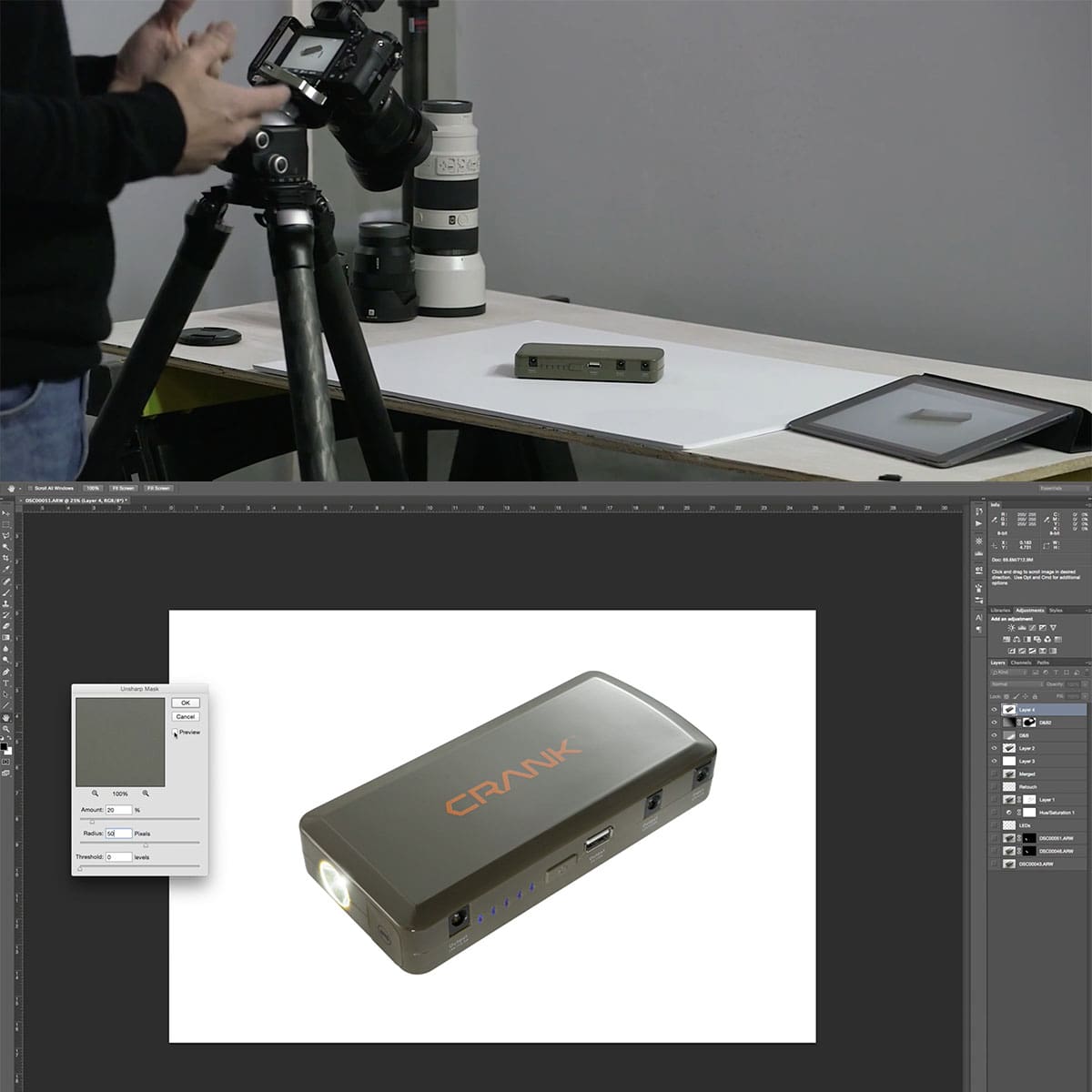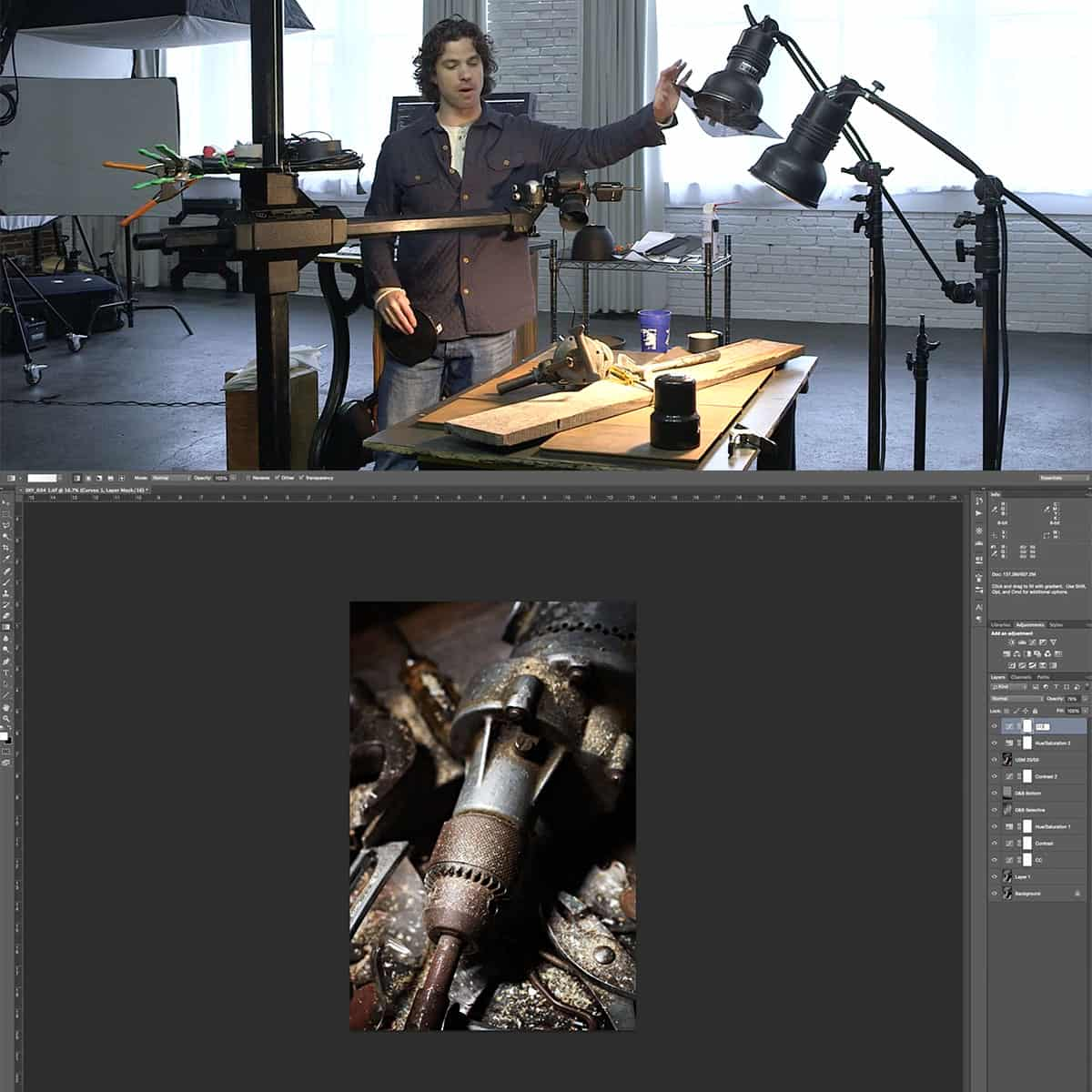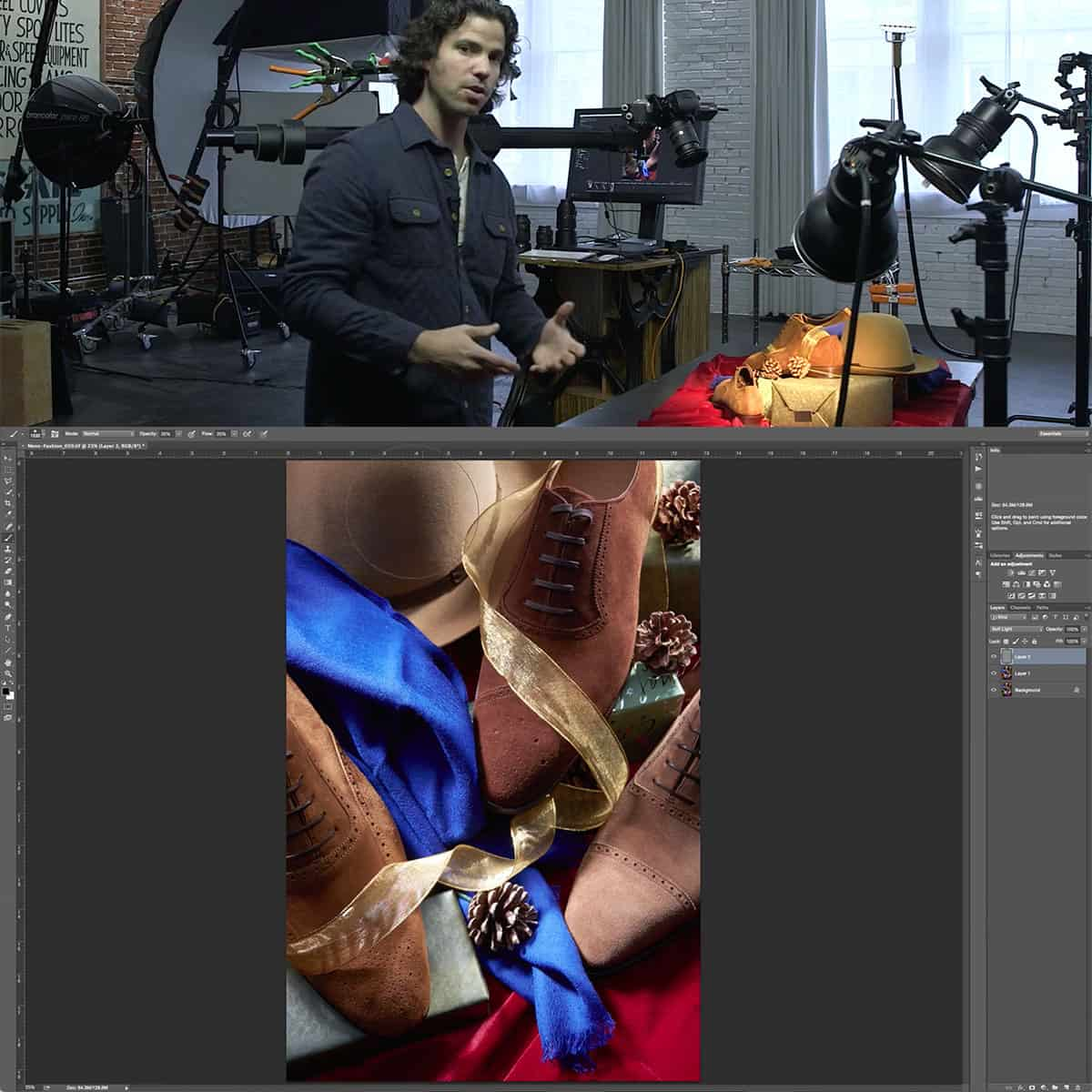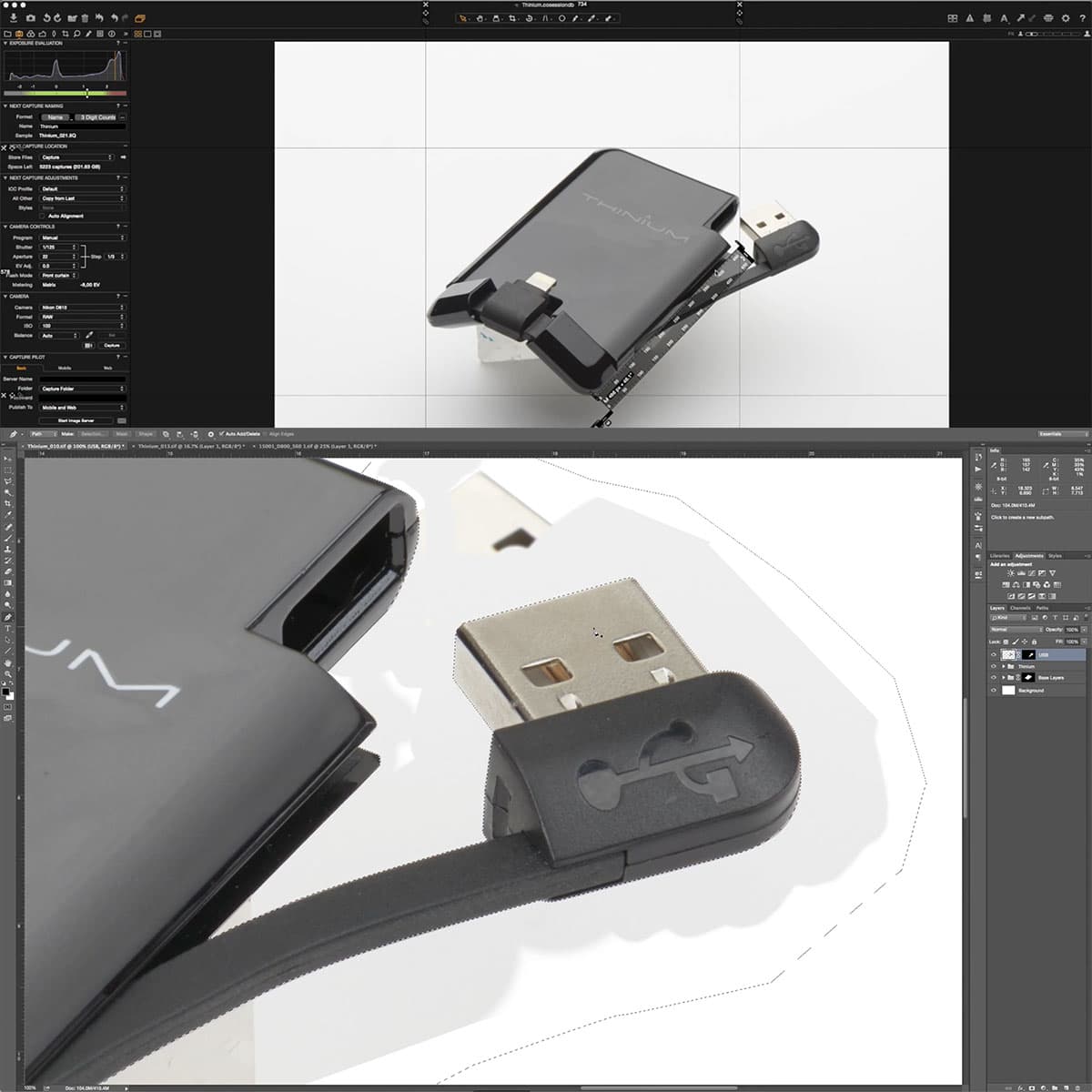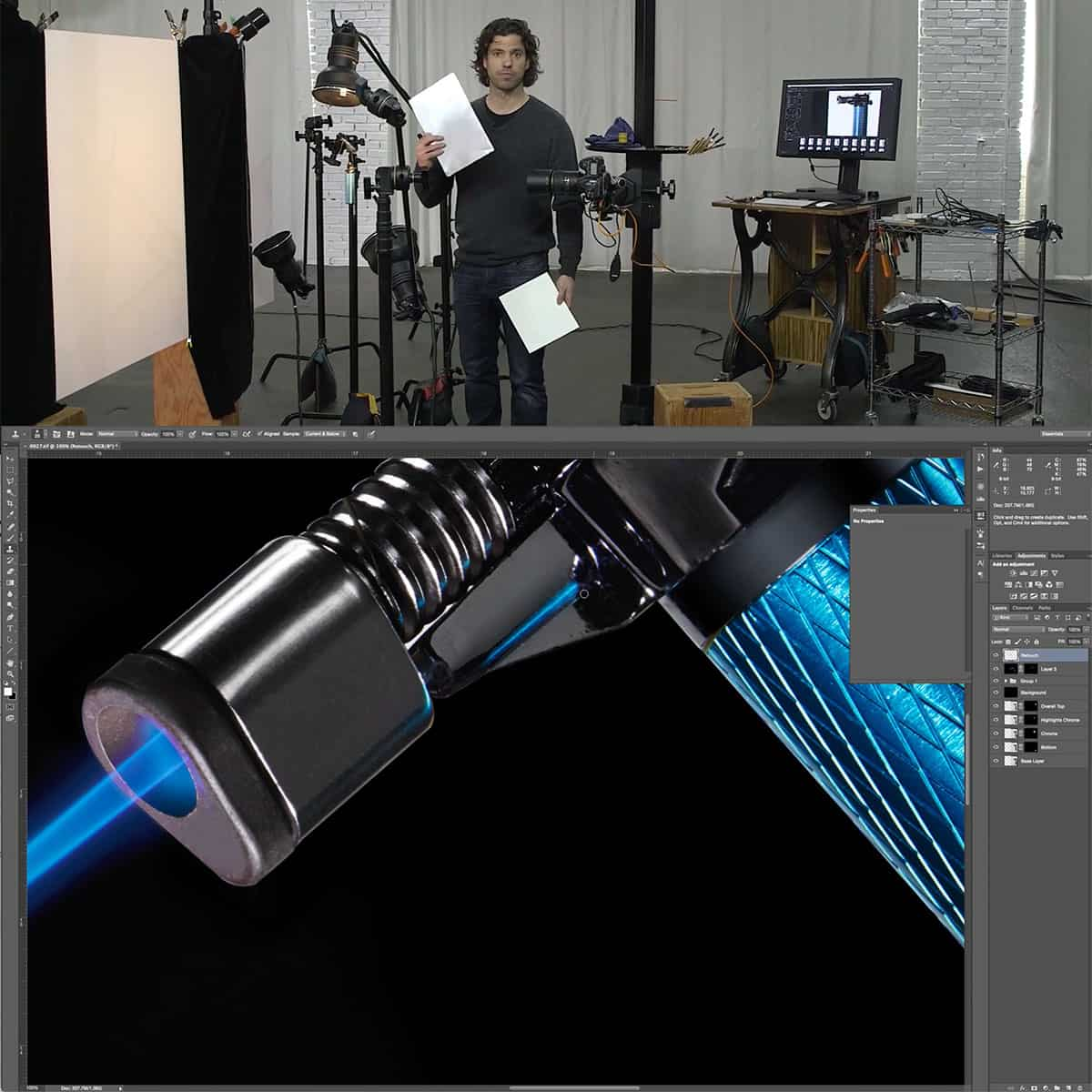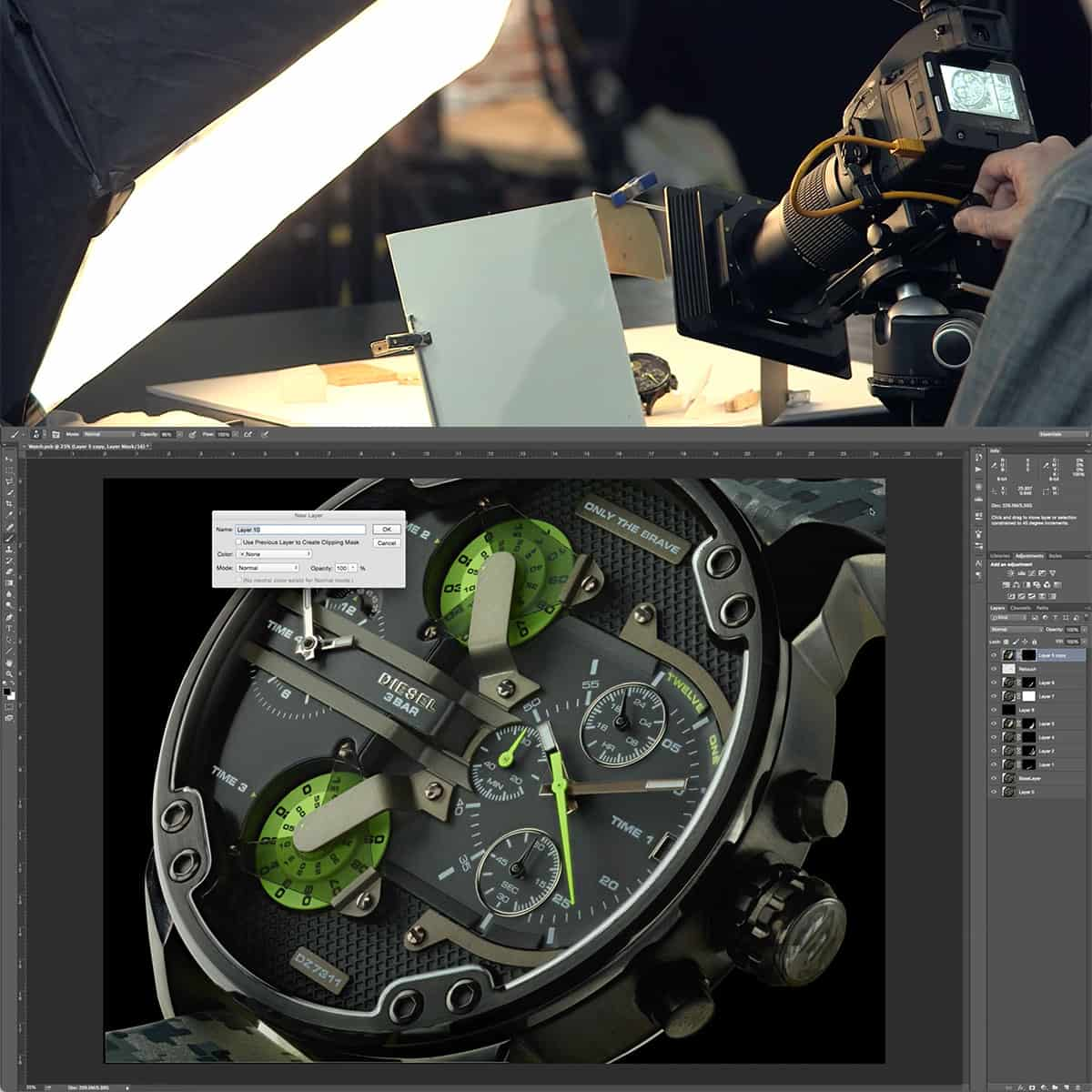Close-Up Photography: A Guide to Stunning Detailed Shots Made Simple
Close-up photography is a captivating and immersive art form that allows photographers to capture stunning detailed shots of small subjects. By focusing on the intricate details, textures, and patterns of our subjects, we reveal the hidden beauty in everyday objects and bring these amazing worlds to life. This guide will help you master the techniques needed for striking close-up photos that showcase your subjects in all their glory.
To get started with close-up photography, you will need a camera capable of focusing at close range, a lens that allows you to get close to your subject, and a steady hand or tripod to keep your shots sharp. As you learn more about the concepts and approaches to photographing various subjects up close, you'll find unique tips and tricks to help you capture those mesmerizing shots.
In addition to mastering your equipment and shooting techniques, close-up photography also involves careful handling of your subjects and attention to post-processing to ensure the final image is a work of art. By following our guidance, you will be well on your way to capturing extraordinary photos that will impress others and delight your own artistic sensibilities.
Key Takeaways
- Master basic close-up photography equipment and techniques for sharp, detailed shots
- Handle your subjects with care to preserve their natural beauty and intricacy
- Use post-processing tools to enhance your close-up photos and create stunning final images
Basic Equipment for Close-Up Photography
Camera Choices for Close-Up Photography
When choosing a camera for close-up photography, any modern DSLR or mirrorless camera will work well. These cameras offer more advanced controls, better image quality, and a wide variety of compatible lenses. It is essential to select a camera with good performance in autofocus and high-resolution capabilities.
Lens Guide for Close-Up Shots
The lens you choose plays a crucial role in achieving stunning close-up shots. Macro lenses are an ideal choice since they allow for very close focusing distances and 1:1 magnification ratio, providing life-size reproductions. For those on a budget, zoom lenses with close focusing capabilities, such as telephoto lenses, also work well. If you don't want to invest in a new lens, you can use extension tubes to increase the magnification of your existing lenses. ALZO Digital's equipment guide can further help you to make an informed decision.
Helpful Accessories for Detail Photography
In addition to a camera and lens, some accessories aid in achieving better close-up photography results. First, a tripod is quite useful for stabilizing your camera, ensuring sharp images and combating camera shake, especially in low light conditions. Next, consider using a remote shutter release to minimize camera movement when taking the shot. Finally, investing in lighting equipment, such as external flashes or LED lights, helps to enhance your subject's details, creating a dramatic and compelling close-up image.
Concept of Close-Up Photography
Understanding Close-Up and Macro Photography
Close-up photography is a technique where we capture diminutive subjects, showcasing their small details at a scale close to life-size or larger. It often overlaps with macro photography, which is specifically about reproducing subjects at life-size ratio, or 1:1 magnification. Although specialized gear can be helpful, you can capture incredible close-up images with almost any camera and lens combination.
In close-up photography, adjusting the focus is crucial, as it determines the clarity of the subject and the level of detail captured. Whether using manual or autofocus, we should aim for the sharpest focus on our main focal point, as depth of field becomes shallow in close-up shots.
The Art of Composition in Close-Up Shots
An impactful close-up image relies on a strong sense of composition; this is how the elements within the frame are arranged and related to one another. By carefully composing our shots, we can draw the viewer's attention to the subject and create visually striking images. Here are some elements to consider when composing close-ups:
-
Subject: Choose your subject wisely. Look for interesting textures, patterns, or colors that will stand out in your image. Keep in mind that smaller subjects, like insects or jewelry details, may require more precise positioning to maintain focus.
-
Perspective: Experiment with different angles and distances to create a unique view of your subject. Shooting from above, below, or the side can dramatically change the appearance of the scene and reveal unexpected details or shapes.
-
Background: Use uncluttered, simple backgrounds that will not distract from the main subject. Creating a smooth, blurred background (or bokeh) can help separate the subject from its surroundings and draw attention to its details.
Employing these techniques, we can create eye-catching, compelling close-up images that showcase the minute details and beauty of our subjects.
Techniques for Stunning Close-Up Shots
Focusing Techniques
When it comes to close-up photography, one of the essential factors for stunning shots is proper focusing. In most cases, we recommend using manual focus to have full control over the focus point. Since the depth of field is shallow in macro photography, it's crucial to ensure that the subject is in perfect focus. Additionally, we can use focus stacking, which merges multiple images with different focus points to achieve sharpness throughout the entire subject.
Playing with Depth of Field
Depth of field plays a significant role in close-up photography. By controlling the aperture, we can decide how much of the image is in focus. A wider aperture (e.g., f/2.8) will create a shallow depth of field, emphasizing the subject and blurring the background. Narrower apertures (e.g., f/11) will increase the depth of field, resulting in more image elements being in focus. Experimenting with aperture settings allows us to create various effects and emphasize different parts of the subject.
Choosing the Right Lighting
In close-up photography, lighting is everything. For natural lighting situations, we suggest shooting during the golden hour, which provides soft and warm light. This time of day helps to create a more dramatic and artistic feel. On cloudy days, we can take advantage of diffused light for even lighting on the subject.
On the other hand, if we need to control the light source, using artificial lighting such as external flashes, LED panels, or ring lights can be beneficial. Adjusting the exposure settings and experimenting with different lighting angles will help us achieve the desired effect and bring out the details in our close-up shots.
Handling Your Subjects in Detail Photography
Photographing Flowers in Detail
When it comes to photographing flowers, we recommend using a tripod for stability, which ensures sharp images. Natural light works best for capturing the flower's vibrant colors, but diffused light can prevent harsh shadows and create a soft mood for your subject.
In addition, consider the angle and perspective of your shot. Experiment with different points of view to showcase intricate details of the flower.
Capturing Insects Close-Up
For close-up photography of insects, the use of a macro lens can provide a greater level of focus on tiny details. Be patient and move slowly, as sudden movements can startle your subject. Remember to focus on the most important aspect of the insect, such as the eyes, to draw the viewer's attention.
When photographing insects, timing is crucial, as they may be more active during certain times of the day. It's best to shoot during early morning or late afternoon when insects are less active.
Working with Small Objects
Small objects can be easily photographed in a controlled studio environment or even at home. To achieve stunning results, choose a simple background that doesn't distract from the object. We suggest using proper lighting techniques to emphasize the details and prevent unwanted shadows.
When working with reflective or glossy objects, be mindful of light sources and camera angles to avoid capturing unwanted reflections. Experimenting with different lighting and angles is key to successfully capturing small objects in detail photography.
Post-Processing and Other Tips
Basic Post-Processing Techniques
In post-processing, we can enhance our close-up photography significantly. One of the basic adjustments to make is in color adjustments, such as saturation and vibrance. Saturation affects the intensity of all colors, while vibrance adds subtle boosts to less saturated colors. Furthermore, adjusting individual colors offers more control.
Another important aspect of post-processing is emphasizing the subject through contrast. By selectively darkening shadows and brightening highlights, we can make our subject stand out in the final image. Remember, it's essential to begin with a successful or at least partially successful image to achieve effective post-processing results.
Preventing Camera Shake
One of the challenges in close-up photography is avoiding camera shake, which can cause blurry images. To prevent this issue, using a fast shutter speed is essential. Based on the recommended macro photography settings, we should also opt for the lowest possible ISO. This prevents noise in our photos while maintaining a sufficient shutter speed.
Additionally, using a tripod or other stabilizing equipment can help avoid camera shake, ensuring sharper, more detailed shots.
More Tips and Tricks for Better Shots
When it comes to capturing stunning detailed shots, experimenting and seeking inspiration from different angles and compositions can lead to creative and eye-catching photos. For beginners, flowers are the perfect subject to practice close-up photography, as their natural beauty and intricate details present various opportunities for compelling compositions.
Always be on the lookout for interesting subjects and unique perspectives in your surroundings. By continually exploring different techniques and challenging yourself, your close-up photography skills will undoubtedly improve, and your portfolio will be filled with stunning detailed shots.
Frequently Asked Questions
What are the essential settings for close-up photography?
When shooting close-up photography, it's crucial to use a shallow depth of field to keep the focus on your subject. You may need to switch your camera to the macro setting and increase the shutter speed for best results. Manual focus on your subject might be necessary, as autofocus could struggle to lock on small details.
What type of lens is best suited for close-up photography?
A lens that allows you to focus close to your subject is essential for detailed close-up shots. Macro lenses are specifically designed for this purpose, but you can also use zoom lenses with a close minimum focus distance. Prime lenses with close focus capabilities can be an option as well.
What are some creative ideas for taking close-up shots?
There are countless subjects for close-up photography, ranging from textures in nature and everyday objects to intricate geometry and patterns. Experiment with different angles, backgrounds, and lighting techniques to find unique perspectives and create stunning visuals. Play with abstract forms or focus on tiny details to tell a story.
How to achieve sharp focus in close-up photography?
To achieve sharp focus, it's crucial to use manual focus, as autofocus can struggle with small subjects and fine details. The use of a tripod can help stabilize the camera and reduce motion blur. You can also try focus stacking, taking multiple images at different focus distances, and combine them in post-processing for an increased depth of field.
What is the role of lighting in close-up photography?
Lighting plays a vital role in close-up photography, highlighting textures, colors, and details of your subject. Natural light can provide a soft and even illumination, but artificial sources can help you create more dramatic effects. Side lighting is often used to enhance contours and create a sense of depth, while backlighting can produce striking silhouette effects.
What techniques can be utilized to stabilize the camera during close-up shots?
To avoid camera shake and ensure sharp images, using a tripod or other support is essential, especially when working with long exposures or high magnifications. A cable release or wireless remote can further minimize camera movement. Additionally, image stabilization features, available in some lenses and camera bodies, can help compensate for minor hand movements during handheld shots.


